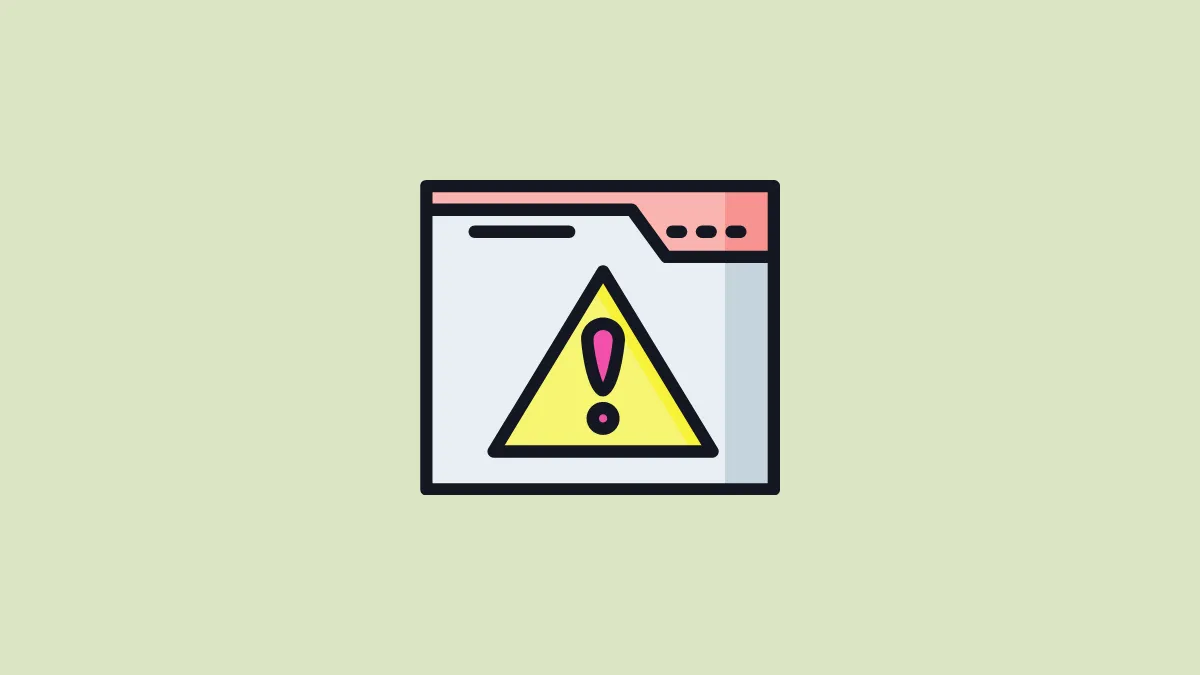The 'Update.exe Application Error' on Windows 11 can be a frustrating obstacle, interrupting workflows and causing concern for users. This error often surfaces unexpectedly, but with the right approach, it can be resolved effectively. In this guide, we'll explore the potential causes of this error and provide detailed solutions to fix it.
Potential reasons for the Update.exe Application Error
Several factors can contribute to the appearance of the 'Update.exe Application Error' on your system. Understanding these can help in selecting the most appropriate solution:
- Malware or virus infections compromising system integrity.
- Incompatible third-party applications interfering with system processes.
- Outdated or damaged drivers causing hardware communication issues.
- Incorrect registry modifications affecting system operations.
- Corrupted or damaged system files leading to application failures.
With these potential causes in mind, let's delve into the methods to fix the error.
Method 1: Fix registry errors using DISM and SFC scan
Corrupted system files and registry errors are common culprits behind application errors like 'Update.exe'. Running the Deployment Image Servicing and Management (DISM) and System File Checker (SFC) scans can help repair these issues.
Step 1: Open the Terminal with administrative privileges. Go to the Start Menu, type Terminal, right-click on the 'Terminal' app, and select 'Run as administrator'.

Step 2: If prompted by the User Account Control (UAC), click 'Yes' to allow the app to make changes to your device.

Step 3: In the Terminal window, type or paste the following command and press Enter to run the DISM scan:
DISM /Online /Cleanup-Image /RestoreHealth
This process might take several minutes to complete. It may appear to be stuck at times; however, this is normal behavior. Wait patiently until it finishes.
Step 4: Once the DISM scan is complete, run the SFC scan by typing or pasting the following command and pressing Enter:
SFC /scannow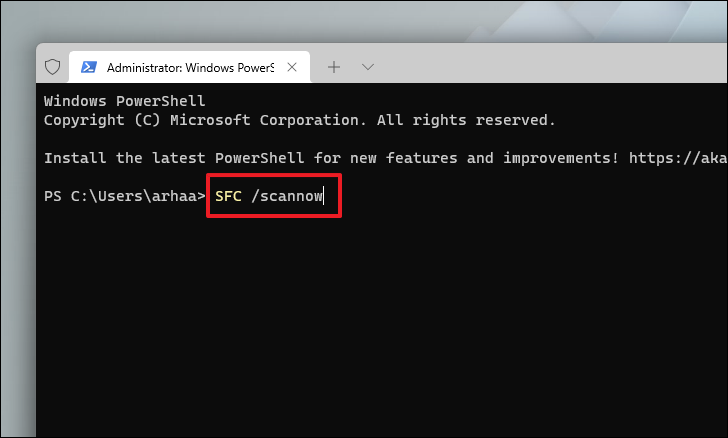
The SFC scan will check for and repair corrupted system files. Once the scan is complete, restart your computer to apply the changes.
Method 2: Scan your PC for malware or virus infections
Malware and viruses can cause various application errors by corrupting files or interfering with processes. Performing a full system scan can detect and remove malicious software.
Step 1: Open Windows Security by going to the Start Menu, typing Security, and selecting 'Windows Security' from the search results.

Step 2: In the Windows Security window, click on 'Virus & threat protection' in the left sidebar.
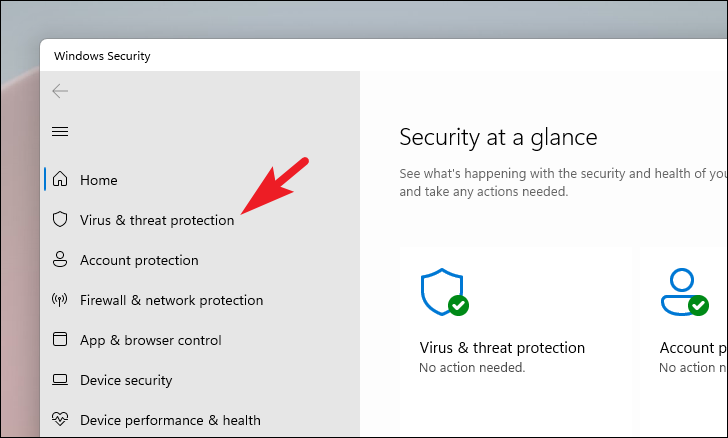
Step 3: Under 'Current threats', click on 'Scan options'.
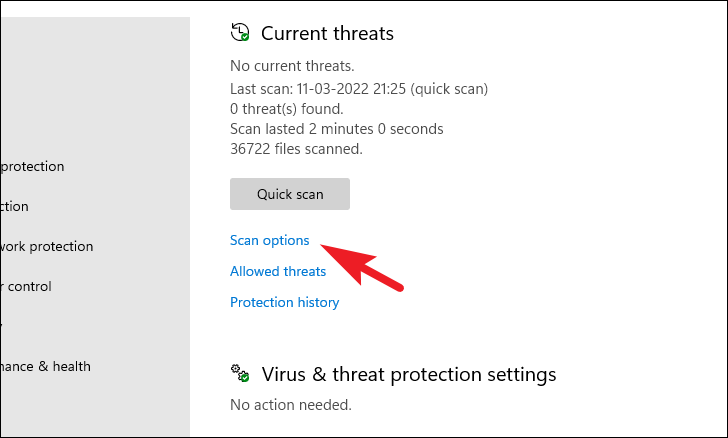
Step 4: Select 'Microsoft Defender Antivirus (offline scan)' and click 'Scan now'.
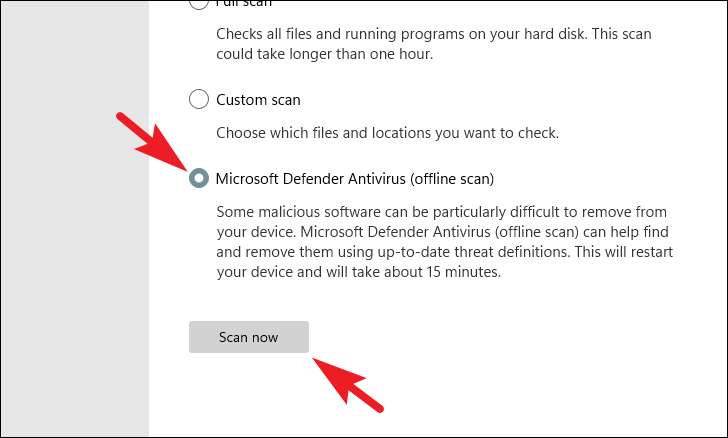
Your system will restart to perform the scan. After the scan is complete, check if the error persists.
Method 3: Install or update missing drivers
Outdated or missing drivers can lead to application errors by causing hardware miscommunication. Updating your drivers ensures that all hardware components are operating correctly.
Step 1: Open Settings by pressing Windows + I or by clicking on the 'Settings' icon in the Start Menu.

Step 2: In the Settings window, select 'Windows Update' from the left sidebar.

Step 3: Click on 'Advanced options' on the right pane.

Step 4: Scroll down and click on 'Optional updates'.

Step 5: Expand 'Driver updates', select the drivers you want to install, and click 'Download & install'.

Alternatively, you can update drivers through the Device Manager.
Update drivers using Device Manager
Step 1: Open Device Manager by typing Device Manager in the Start Menu and selecting it from the results.

Step 2: Locate the device category with the driver you want to update. For example, expand 'Bluetooth' for Bluetooth drivers.
Step 3: Right-click on the device (e.g., 'Intel Wireless Bluetooth') and select 'Update driver'.

Step 4: Choose 'Search automatically for drivers' to let Windows find the latest driver.

If you have a driver package, select 'Browse my computer for drivers' and navigate to the driver file.
Step 5: After updating, restart your computer to apply the changes.
Method 4: Deactivate Data Execution Prevention (DEP)
Data Execution Prevention (DEP) is a security feature that can sometimes interfere with legitimate applications. Disabling DEP for a specific application might resolve the error if DEP is blocking it.
Note: This method requires you to know which application is causing the error.
Step 1: Open Settings by pressing Windows + I or clicking the 'Settings' icon in the Start Menu.
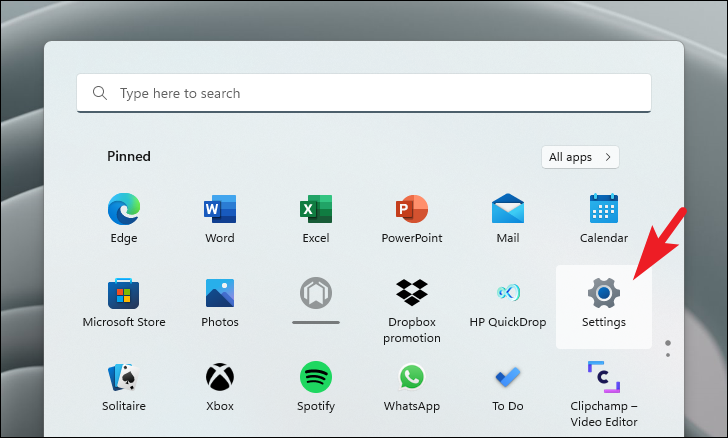
Step 2: Select 'System' from the left sidebar, then scroll down and click on 'About'.
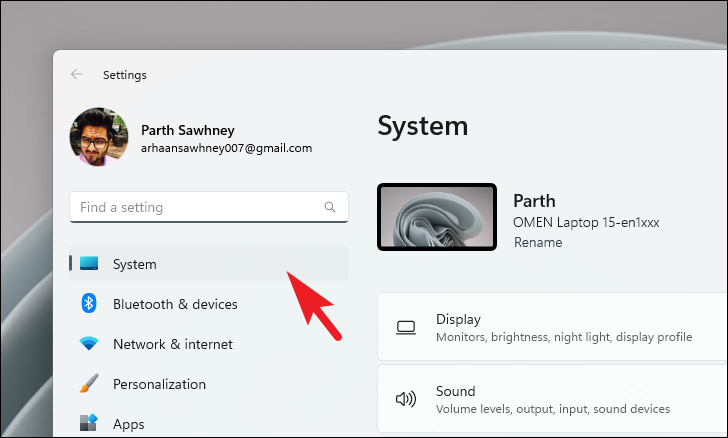
Step 3: In the 'Related settings' section on the right, click on 'Advanced system settings'. This opens the 'System Properties' window.
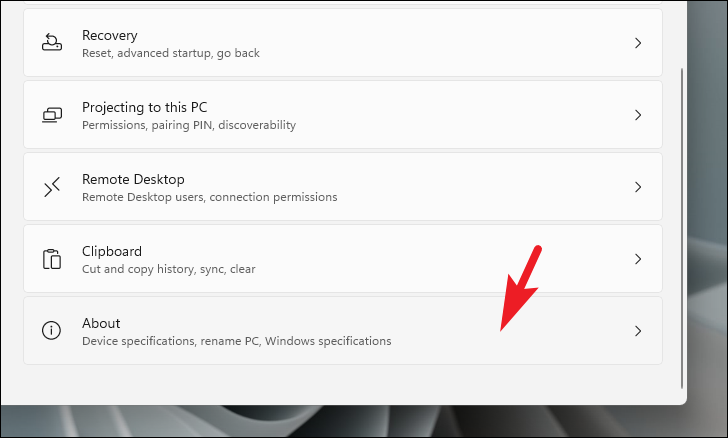
Step 4: Under the 'Advanced' tab, click on 'Settings' in the 'Performance' section.
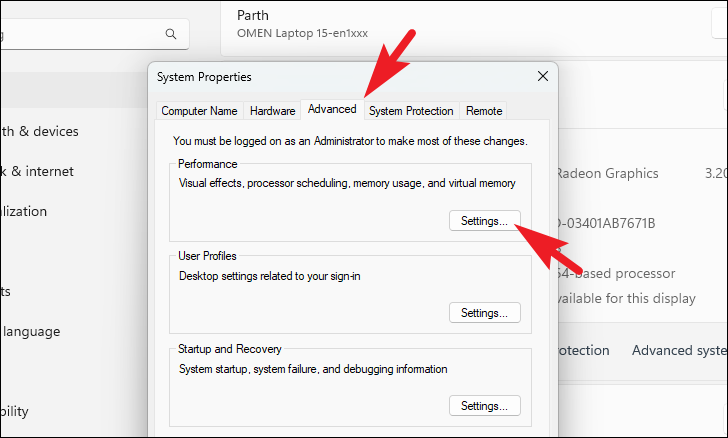
Step 5: Go to the 'Data Execution Prevention' tab. Select 'Turn on DEP for all programs and services except those I select'.
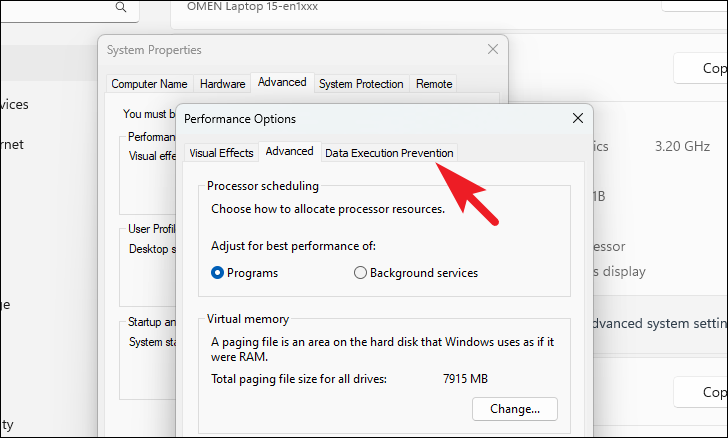
Step 6: Click 'Add' and browse to the executable (.exe) file of the application causing the error. Select it to add it to the list.

Step 7: Click 'Apply', then 'OK' to save the changes. Restart your computer for the changes to take effect.
Method 5: Restore your PC using System Image Recovery
If none of the above methods work, restoring your system to a previous state can resolve persistent errors. This method uses a system image to restore your computer's settings and files.
Step 1: Open Settings by pressing Windows + I or clicking the 'Settings' icon in the Start Menu.

Step 2: Select 'System' from the left sidebar, then click on 'Recovery' on the right pane.

Step 3: Under 'Recovery options', click on 'Restart now' next to 'Advanced startup'.

Step 4: Your computer will reboot into the Advanced Startup menu. Click on 'Troubleshoot'.

Step 5: Click on 'Advanced options', then select 'System Image Recovery'.

Step 6: Choose your account and enter your password if prompted. Select the latest system image or another available image to restore.

Step 7: Follow the on-screen instructions to complete the restoration process. Your computer will restart once the restoration is complete.
By following these methods, you should be able to resolve the 'Update.exe Application Error' on your Windows 11 system and restore it to full functionality.

